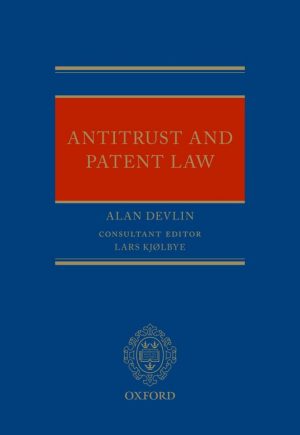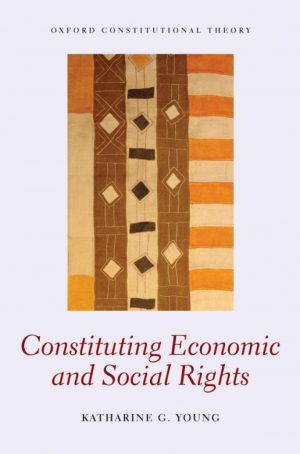Strong Constitutions Social-Cognitive Origins of the Separation of Powers
$12.35
Attention: This is just ebook, Access Codes or any other Supplements excluded! / File Delivery: Sent Via Email within 24 hours!
SKU: 9423bf7a870c
Category: Law Textbooks
Description
-
Author(s)Maxwell A. Cameron
-
PublisherOxford University Press
-
FormatPDF
-
Print ISBN
9780199987443, 0199987440 -
eText ISBN
9780199987443, 0199987440 -
Edition
-
Copyright
- Details
The separation of powers is an idea with ancient origins, but nowadays it is often relegated to legal doctrine, public philosophy, or the history of ideas. Yet the concept is often evoked in debates on the ?war? on terrorism, the use of emergency powers, or constitutional reform. So it is surprising that there have been few attempts to place the study of the separation of powers on a social scientific footing. To that end, this book makes a bold conjecture. It argues that the separation of powers emerged with the spread of literacy, became a central part of constitutional thought in the context of the Gutenberg revolution, and faces unprecedented challenges in our current era of electronic communication. The separation of powers is linked to social-cognitive changes associated with evolving media of communication.The essence of the argument is that constitutional states use texts to coordinate collective action, and they do so by creating governmental agencies with specific jurisdiction and competence over distinct types of power. The first, and most familiar to students of political science since Max Weber, is the power to make decisions backed by legally sanctioned coercion. Cameron highlights two other forms of power: the deliberative power to make procedurally legitimate laws, and the judicial power to interpret and apply laws in particular circumstances. The division of government into three such branches enables state officials and citizens to use written texts-legal codes and documents, including constitutions-along with unwritten rules and conventions to coordinate their activities on larger scales and over longer time horizons. Cameron argues that constitutional states are not weaker because their powers are divided. They are often stronger because they solve collective action problems rooted in speech and communication. The book is a must read for anyone interested in the separation of powers, its origin, evolution, and consequences.





